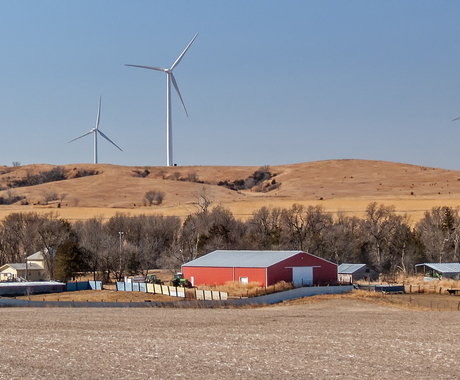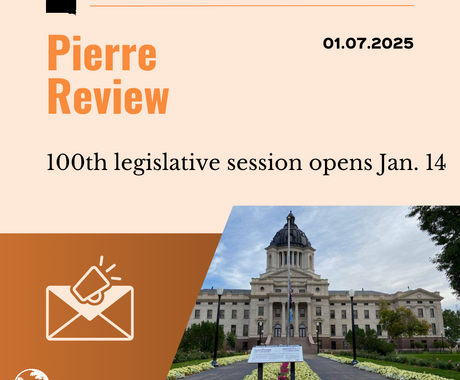By Stephanie Enloe, former staff member
Tim Graber had just finished applying for a utility rebate for the new solar panels on his turkey building when he was struck by an idea: “Why couldn’t the school do this?” As a member of the WACO Community School district board, Tim was in the position to make his idea a reality. With the rebate for Washington County solar projects set to expire on Dec. 31, 2013, Tim, the superintendent, and a handful of other school leaders worked through winter break to complete the rebate application for what became the first school solar project in Iowa.
The WACO school district serves Wayland, Iowa, and surrounding areas of Washington and Henry counties. It includes an elementary and junior high school (grades 7 to 12) which serve almost 500 students. The district employs about 45 teachers, and about an additional 40 support staff.
In fall 2014, this rural school district began construction on the first phase of their solar project. The school board used the utility rebate and their bonding authority to pay for a solar photovoltaic (PV) system at the WACO Elementary School and two smaller projects on the junior high school sports field and concession stand. The students held a school assembly to “flip the switch” and celebrate their new electricity source.
A year later, the school district worked with local investors to install a large solar array at the WACO Junior High School. The investors formed a limited liability company (LLC) and currently lease the solar project to the school. This financing arrangement enables the investors and school district to take advantage of state and federal tax credits that ensure a faster payback time on the solar project. Once the project is paid off, the school will take ownership of the solar energy systems for the remainder of their useful lifespan.
Together, the WACO solar energy projects total 307 kilowatts (kW) and provide about 90 percent of the district’s electricity. Tim says the district saves between $40,000 and $50,000 on electricity costs each year – the equivalent of saving a teaching position. Earlier investments in energy efficiency and geothermal compound those savings.
Beyond the financial benefits, the WACO solar energy systems also provide educational value. Students have an opportunity to view real time solar electricity generation data when learning about how energy works. As technology continues to advance, Tim hopes teachers will take full advantage of new educational opportunities and more schools will be able to follow in WACO’s footsteps.
Would you like to see your school go solar? Iowa School Finance Information Services offers free tools to determine how to make a project pencil out, available here. The Community Power Network offers a free guide for schools across the U.S., available here.
Featured Photo: U.S. Rep. Dave Loebsack tours WACO school district in Wayland, Iowa, this spring. | Photo by Stephanie Enloe





